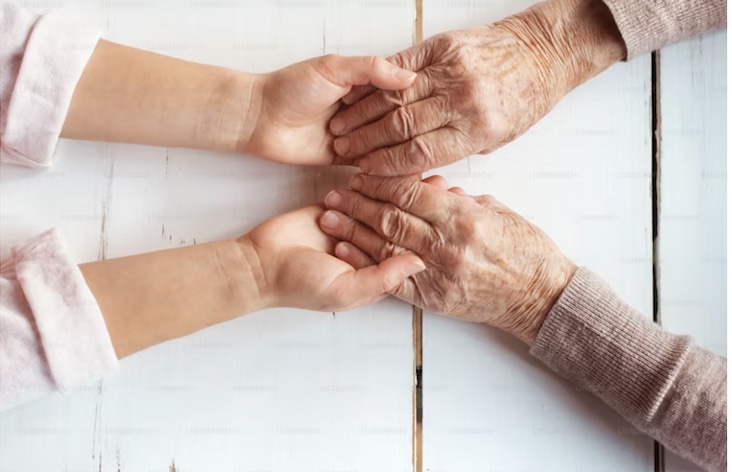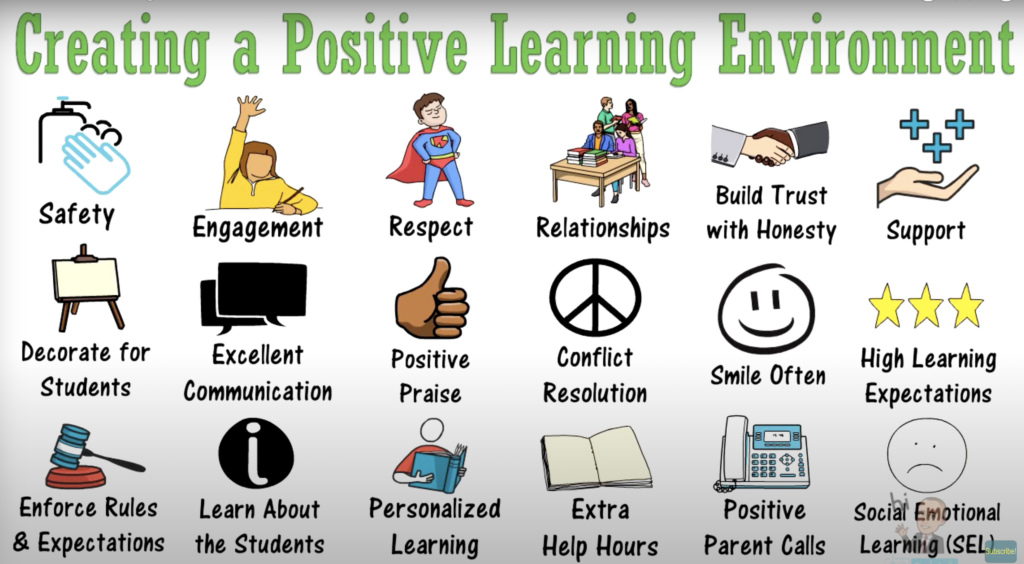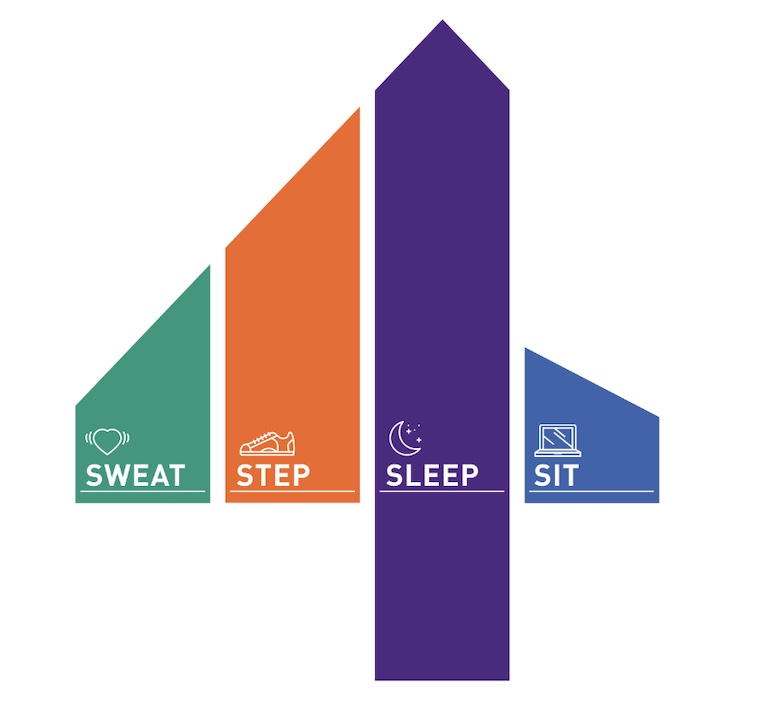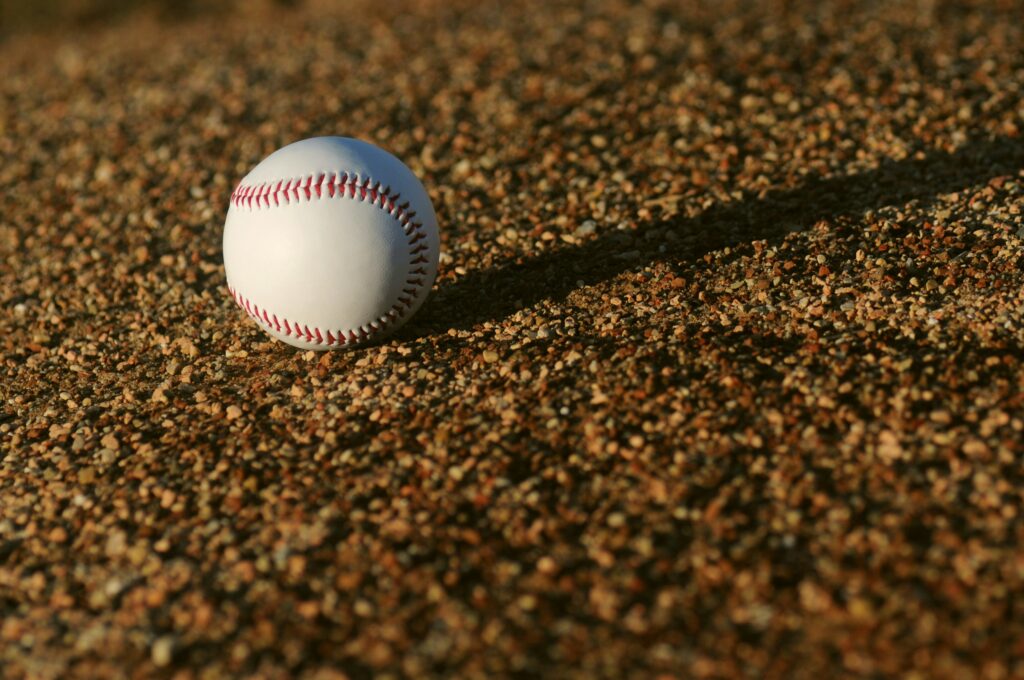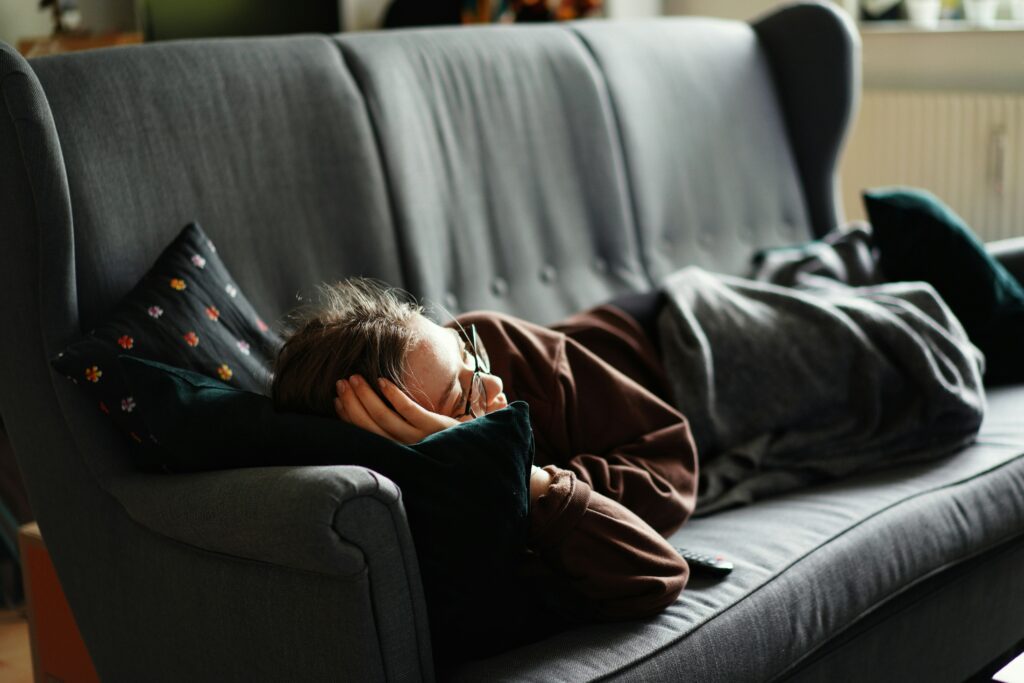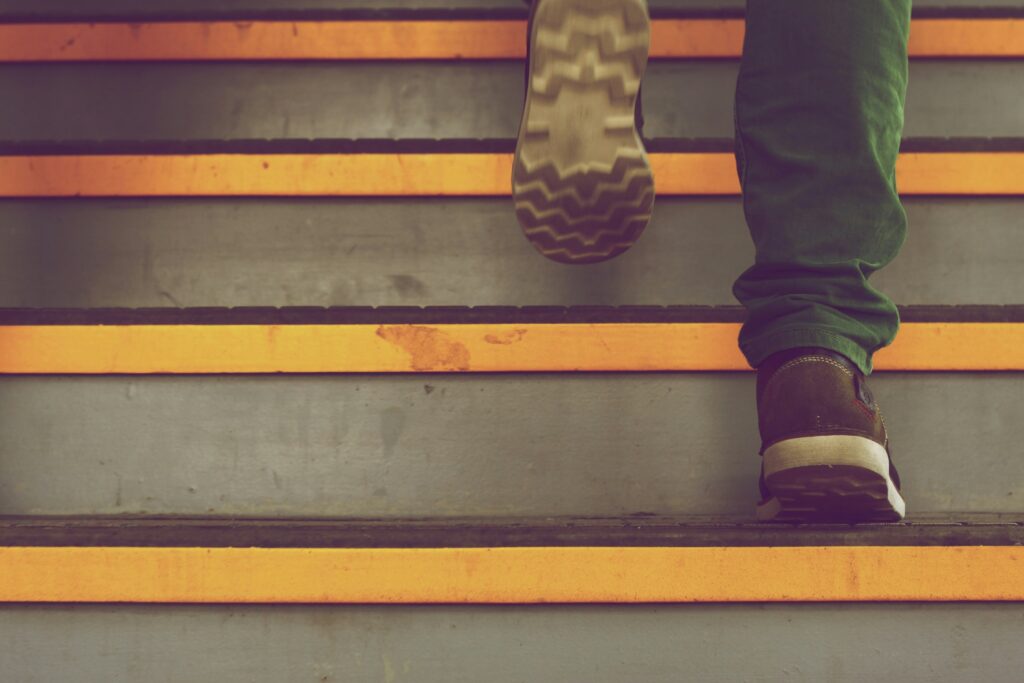Peer Response #1
Hey Abby,
I really enjoyed reading your first blog post. Your journey in finding your path to the field of education is inspiring, and I love how your experiences traveling and working in schools sparked your passion for teaching. The point you made about shifting away from a sports-centric approach in physical education really stood out to me, and I agree that we should focus on creating inclusive environments for all students to feel confident engaging in physical activity in.
I also appreciated your perspective on sedentary behavior and technology in schools. You brought up how screens have taken over students’ lives and suggested incorporating more hands-on learning to solve that issue. My question is, how do you think educators can develop a reasonable balance between using technology, as it is undeniably a valuable tool in education in the present, while still being able to promote physical activity and social interaction? Could there be ways for technology to actually support more movement in the classroom rather than just contributing to unhealthy sedentary behavior? I hope my questions spark some thought about possible alternative solutions to technology in classrooms, and I look forward to reading more of your thoughts this semester! -Sadeem😊
Peer Response #2
Hey Kim,
I enjoyed reading your first blog post. Your PE experience is something that resonates with me for sure. I think it’s unfortunate how that shift from skill development to an overly competitive environment can make students disengage from physical activity like the way you described doing.
Your point about early specialization was nice to read through as it is something I stand on the same grounds with you on. While it can help kids develop strong skills in one sport, I think the risk of burnout and injury is a much bigger issue that makes the risk not worth the reward. I am curious if you think schools could play a role in helping kids find a balance between structured sports and diverse physical activities to remove that competitive aspect and continue the learning component? Maybe offering less traditional options, like outdoor recreation or movement-based games, schools could promote a lifelong love of physical activity and movement rather than just competition. Looking forward to reading through your next post! -Sadeem😊
Peer Response #3
Hey Delali,
Your passion for getting more girls and women involved in sports caught my on your page because I am also a passionate advocate for this issue. Growing up, a lot of the time I felt like there were less opportunities for me as a girl to try sports in low-pressure environments. I find it absolutely refreshing that you want to help change that, and support you! The comment you made in your first blog post about early specialization was on point. It’s surprising how specializing too early can actually make it harder for people to stay active later in life. I agree that when PE is pushed aside to prioritize academic it can be frustrating, even though there is so much research saying that staying active actually helps with focus and learning. I wonder, how do you think schools could convince administrators to see PE as just as important as other subjects? – Sadeem😊
Peer Response #4
Hi Hannah,
I enjoyed reading your second blog post!
The way you explored UDL in health education and beyond the classroom in depth was very intriguing. Your breakdown of the three principles of UDL was really clear, and I appreciated the examples you gave for each. The idea of incorporating culturally relevant activities to keep students engaged stood out to me, and makes me wonder how educators can make sure that culturally inclusive learning remains authentic and meaningful rather than just surface-level representation? Maybe getting parent or community support outside of the school who have a better background and understanding to come in and help with this!
I thought your point about UDL extending into community health was really important because something like making fitness environments more accessible with adaptive equipment and alternative exercises is something that isn’t always prioritized, but should be. Have you come across any examples of recreation centers or public health initiatives that have successfully implemented UDL principles? It would be nice to read about how these ideas are being applied in real-world settings rather than just reading the theory of how they can be applied. Great post, you did a good job of emphasizing the importance of making learning and health education accessible for everyone inside schools and out. – Sadeem 😊
Peer Response #5
Hi Abby,
I really liked how you connected UDL, the BC curriculum, and comprehensive school health in a comprehensive way through this second blog post. It got me thinking about how these frameworks can work independently and together to create a more inclusive learning environment.
The automatic doors example was a great way to illustrate universal design, showing how accessibility benefits everyone, not just people with disabilities. Your point about BC curriculum’s flexibility was interesting too, and it makes me wonder how teachers might be able to balance that flexibility while still meeting somewhat standardized learning outcomes? I have never given thought to how scent might impact the classroom environment, but it now I can see how it makes a lot of sense. I think that aside from plants and pleasant smells, maybe integrating movement through flexible seating devices, like a wiggle chair, or more active learning strategies that get students to move around the classroom and work in groups, could make a difference too. Your post got me thinking about how schools can actually implement these ideas, especially in places with fewer resources, and I think that’s where social and community connections through outreach programs might have to step in! This was a very clear and understandable post, thanks for sharing! – Sadeem😊
Peer Response #6
Hi Sarah,
Your third blog post was a great read! I especially liked how personal you got with the topic. It’s crazy to think about how much social media has shaped our generation from the way we interact to the way we think, and I totally relate to your experience with being attached to my phone. It’s a harsh reality to think about how something that started off with the intention to connect everyone positively could also have such negative impacts on mental health, particularly when it comes to things like self-worth and anxiety.
Making classes engaging enough that students won’t feel the need to be glued to their phones is a really solid idea that I think more educators need to seriously consider. One thing that got me thinking was when you talked about the anxiety that can come from not being online for a while. That’s definitely a real issue that even I struggle with, and I wonder how we can help ourselves/students manage it in a healthy way. Introducing lessons into PHE classes that explore and encourage a healthy relationship with social media seems like an important topic that should not be overlooked in this day and age. I know I would benefit from a lesson with tips and tricks about being more mindful of screen time and its actual impact on my mental health. Thanks for sharing! -Sadeem😊
Peer Response #7
Hi Hannah,
I really like the direction and ideas you have with our seminar on nutrition and active living! Your focus on the connection between what we eat and how we feel, both physically and mentally, is something that I think often gets overlooked. Your point about the gut-brain connection and how it impacts mood and cognitive function is something I have not looked into much, but have heard lots about and am curios to see how you might integrate that during the seminar if you choose to. I also think the activities you mentioned, like the “Build Your Ideal Athlete’s Plate” are going to be engaging and effective in helping our peers understand nutrition in a practical, hands-on way that. It’s one thing to talk about the theory, but an activity like this can make the concepts come to life and show how easy it is to incorporate good nutrition into an active lifestyle. Your emphasis on cultural diversity in nutrition is also a key point that I am looking forward to expanding on in the seminar. Nutrition isn’t one-size-fits-all, and being inclusive of different dietary preferences is key because it will make our seminar more relatable to everyone. I am excited to collaborate on this with you and the rest of our group and see how our seminar can benefit the class! Thanks for sharing your ideas in this blog post -Sadeem😊
Peer Response #8
Hi Nicole,
I enjoyed reading a little bit about your personal experience with how choosing to eat certain foods with higher omega-3 content has affected your performance and mental health. I think personal anecdotes are a great way to talk about the impact of something in addition to sharing the scientific content. I totally agree with you that proper nutrition plays a huge role in physical literacy, because if people don’t understand how to fuel their bodies properly it can really impact their ability to engage in physical activity and perform well. I also appreciated the point you made about diet influencing community health. Although it happens in my house, I never gave it a second thought about how just one person making better choices can inspire those around them. That ripple effect is something that I think a lot of people don’t realize, but it can make a big difference in how communities approach health. I think that community gardens can definitely be one way to start that ripple effect and raise awareness about eating nutrient dense foods in our diets in a society that is so drawn towards heavily processed foods. The activities you suggested for our seminar sound awesome, and I can see us bringing the meal plan one to life because it’s such a practical way our peers to apply what they learned from our presentation and think critically about their own nutrition choices. Thanks for sharing! -Sadeem😊
